The good news: Organic produce is now certified by the government, widely available at big-box stores, and more affordable than ever. The bad news: See above.
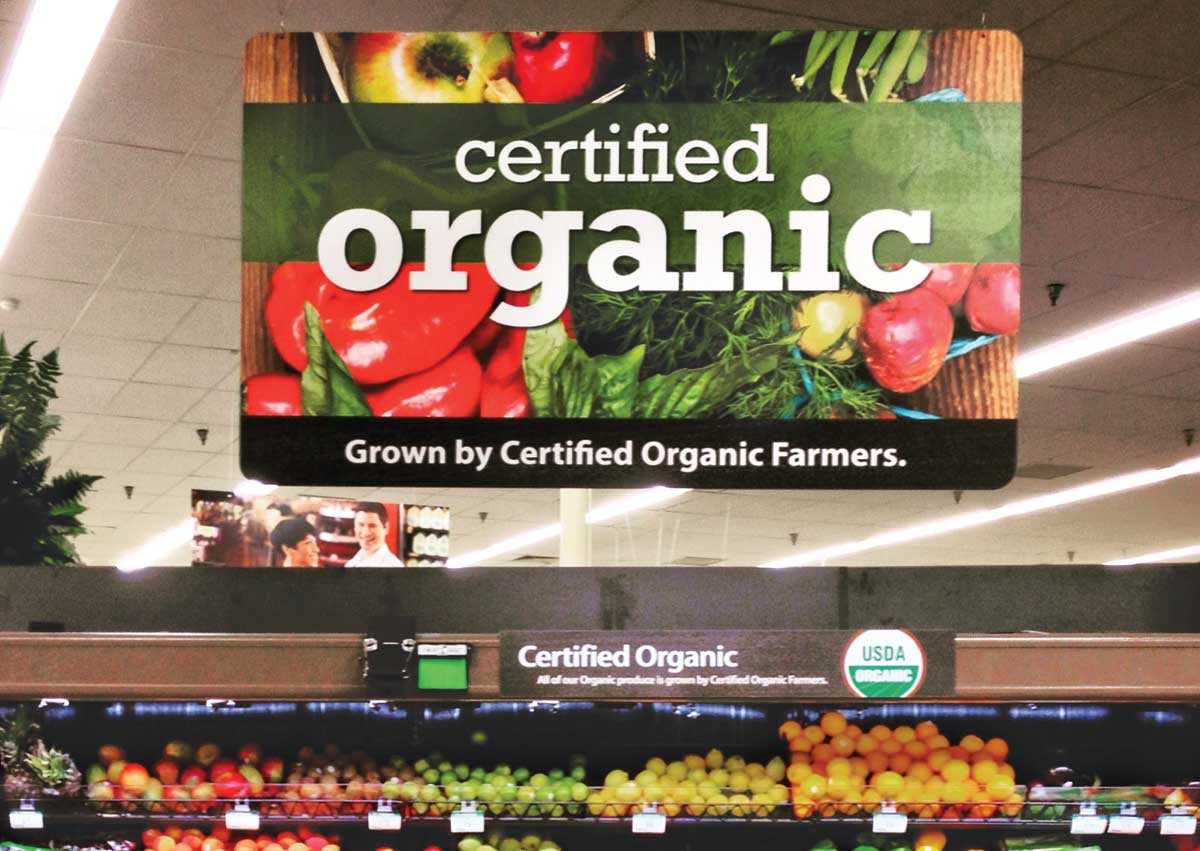
By all appearances, Kathy Evans would seem the ideal organic farmer. The fourth-generation proprietor of Evans Knob Farm, in Bruceton Mills, West Virginia, she has never used chemical pesticides or growth hormones. Her poultry – 45 laying hens, 250 broiler chickens, 50 turkeys, and 22 ducks – is free-range; her Romney and Hampshire sheep, grass-fed. Evans also shears, cards, spins, and dyes fiber produced by those sheep, as well as that from her alpaca and llama. (She reserves a few cows and one goat “just for the family.”) The resulting mountain of manure enriches vegetable plots where the 53-year-old grows everything from potatoes and peppers to squash and salad greens. Yet not a single cage-free egg or Toma Verde tomatillo that emerges from Evans’s 130 acres sports a USDA Organic label.
This wasn’t always the case. In 2003, when the United States Department of Agriculture (USDA) first bestowed organic certification on Evans’s operation, which supplies farmers markets and a CSA, the annual processing fees totaled $200. By the time she opted out, in 2013, they had risen 350 percent, to $900. Though diversification is an important aspect of sustainable agriculture, the government “rewards” the practice with a separate form for each crop and animal, burying Evans Knob Farm and others like it in an avalanche of paperwork. For Evans, the inspections began to take on a “big brother” quality, but the final straw came when she learned that eggs can be, in her words, “considered organic if the chickens are fed organic grain and are cage-free. But they can be confined to a building, and the USDA doesn’t say how long they have to be outside.” (See sidebar, below.) The more Evans learned, the more dissatisfied she became. “It felt like the Department of Agriculture was creating loopholes for big agribusiness.”
[mf_list_sidebar layout=”basic” bordertop=”yes” title=”More Than One Way to Certify an Animal” aftertitle=”” separator=”no”]In order for livestock and poultry to be certified organic by the USDA, it must meet three criteria: No hormones, antibiotics, or non-organic food may be used; ruminants must have access to pasture throughout the grazing season; and birds cannot be confined to cages and must have access to the outdoors. But animal farmers can qualify for a number of other USDA-regulated labels.
Cage-Free Egg-laying hens are allowed to move freely inside a building rather than being confined to cages, and must have free access to food and fresh water during their production cycle (from 5 to 12 months old).
Free-Range Poultry raised for eggs and meat must meet the same standards as those for cage-free eggs, but the birds are also allowed continuous access to the outdoors (though not necessarily in an environment where they are able to forage).
Natural Meat and eggs must be minimally processed and contain no artificial ingredients. (Other foods may use the label as they please, without any verification.)
No Hormones Added This label pertains only to beef and dairy products, as federal regulations have never permitted hormones or steroids in poultry or pork.[/mf_list_sidebar]
Kathy Evans is far from alone. A number of independent farmers have grown disillusioned since Congress passed the Organic Foods Production Act, in 1990, establishing a uniform national standard for organic crops, livestock, processed products, and wild-harvested plants, to be enforced by the USDA. Farmers must wait three years after first adopting organic techniques to become certified, during which time they don’t benefit from the premium pricing that typically accompanies certification. (The federal government does provide financial assistance for farmers making the transition.) As is often the case when good intentions become codified on a large scale – the tax code, for instance – the letter of the law tends to trump its spirit, which is how, in this case, some foods containing synthetic preservatives are nonetheless certified organic. Then there’s the matter of where all that organic food at Costco, Walmart, and Target comes from. Though domestic sales rose from $3.6 billion in 1997 to nearly $40 billion last year, the acreage of certified domestic farmland has barely budged. A full 13 percent of the organic products sold in this country are imported (with all the fossil-fuel-guzzling transport the statistic implies).
The broader availability – and gradually decreasing cost – of organic food certainly benefits consumers, as does third-party certification that protects against cynical marketers who abuse terms like “natural.” But the truth is, few consumers understand what the certified organic label actually means. Not only can organic produce be grown abroad, but it can also be treated with any number of synthetic substances, including a manmade form of copper sulfate used for fungal infections that’s known to be highly toxic to humans, fish, and insects.
When the USDA developed the rules for certification, it built in a “sunset clause” as a way to help the food industry transition to organics. The measure stipulated that the right to use each of 126 excepted synthetic substances would automatically expire in five years unless the National Organic Standards Board (NOSB), an external advisory group, voted by a two-thirds majority to keep it. Recently, however, the rules have changed: Now, instead of each substance expiring automatically (a strategy intended to spur innovation of organic methods) the NOSB is required to remove it with a two-thirds majority vote. The board’s members are appointed by the USDA, an arrangement that many say leaves the NOSB open to political and corporate influence. Though four of the board’s 15 positions are designated for farmers, two of the current farmer appointees are employed by large agribusinesses and do not actually make their living as organic farmers.
Mark Kastel, co-founder of the Cornucopia Institute, a Wisconsin-based watchdog group, points to the sunset-clause change as an example of corporate interests diluting organic standards. Kastel asserts that the USDA has looked the other way when it comes to what he calls fraudulent practices in the organic livestock industry, because the companies in question have political sway at the USDA and NOSB. Last summer, Kastel’s organization hired an aerial photography crew to record the activity at 14 certified-organic dairy and cattle farms. Despite the law stipulating that ruminants have access to pasture, Cornucopia’s photographers captured a number of farms where no cows could be seen outdoors over a several-month period. “We asked the certifiers, and they said all those farms were in good standing,” says Kastel. “The USDA dismissed the issue without even investigating.”

Kathy Evans raises poultry and sheep, as well as a few cows, a goat, an alpaca, and a llama, without relying on antibiotics or growth hormones. She also grows pesticide-free produce, yet her family farm in West Virginia is not certified organic.
“An aerial photograph just speaks to one moment in time,” cautions Jean Richardson, the chair of the NOSB. “Animals are regularly under cover during the heat of the day, so they can graze in a more humane way overnight – night grazing is actually very common in summer.” Richardson, who works part-time as an organics inspector and is a retired professor of environmental law at the University of Vermont, also says that there are valid reasons for the adjustment to the sunset clause. She calls the administrative process for reviewing substances that reach their five-year limit “mind-bogglingly cumbersome.” Of the more than 100 items on the list, many are considered benign but necessary substances that will likely never be removed. Nevertheless, those items come up for review every five years, resulting in a massive workload for the NOSB and the USDA. “Every change has to go through an economic analysis and all of the lobbying in Washington,” Richardson explains.
“The idea that the organic standards have been watered down…is glib and inaccurate.”
Mark Lipson, a research associate for organic agriculture policy studies at the University of California-Santa Cruz, also rejects the simple big-guys-are-ruining-organics narrative. “The idea that the organic standards have been watered down and the corporate players just want to make it easier for themselves is glib and inaccurate.” Yes, there are imperfections in the USDA system, says Lipson, a longtime farmer and the first paid employee at California Certified Organic Farmers, one of the oldest certification agencies in the country. “It would be nice if the standards evolved at a faster rate,” he says, “but being embodied in a federal regulatory structure doesn’t always make that easy to do.”
Lipson is sympathetic to the idea of a national “checkoff program” for the industry, something the Organic Trade Association has proposed as a way of scaling up organic acreage to meet the growing demand. The program would take the form of those already in place for 22 agricultural commodities (think “Got Milk?” and “The Other White Meat”) and would be funded by way of a 0.1 percent assessment on the net profits of organic farmers, packers, processors, and distributors. (Those earning under a set amount would not have to contribute.) Organic farmers and watchdog groups are characterizing the checkoff as yet another example of corporate interests shifting the course of the movement.
While the USDA standards continue to undergo growing pains, alternative labels targeting parallel aspects of the food-production system have gradually made inroads in the marketplace. Just when Kathy Evans was ready to give up on organic certification, a farmer friend told her about Certified Naturally Grown (CNG). The nonprofit’s standards mirror the USDA’s, but with a peer- based certification process. Instead of a representative from an agency coming to your property, another CNG or certified-organic farmer arrives, free of charge, to review your farm plan with you. The lack of third-party verification means that consumers won’t likely find CNG products on grocery-store shelves; the program is tailored to farmers who sell to customers at farmers markets or through CSAs. (Today there are some 750 CNG farms in 47 states and several Canadian provinces.) Before signing on, Evans polled the several hundred customers on her email list, and only one questioned the move. “The majority said, ‘We trust you to make the right decisions, and we know that you’re not going to do anything that’s going to harm us or the environment,’” she recalls.
Meanwhile, Whole Foods Market, the largest natural-foods grocer in North America, recently introduced its own evaluation scheme, Responsibly Grown. Matt Rogers, the chain’s senior global produce coordinator, says the program is “intended to broaden the conversation about how food is grown and add an additional layer of transparency.” Producers are rated good, better, or best, based on a 300-point index that covers 42 criteria in eight different categories. Certified-organic farms automatically have many of the points covered, but they get extra credit for using alternative-energy sources, conserving water, taking care of workers, and using compostable packaging materials. Under the Responsibly Grown scoring system, it’s possible for an uncertified farmer abroad to rack up more points than a domestic certified-organic farmer, a situation that caused a small uproar when the program was introduced last year. (The chain recently adjusted its system to respond to many of the criticisms.)
Alice Varon, executive director of Certified Naturally Grown, can relate to the opposition Whole Foods has faced. When confronted with her certification system, she says, many certified organic farmers feel like, “Geez, why don’t they have to go through the same degree of paperwork and pay the same fees?” Those complaints, Varon says, “smack a little bit of the USDA Organic label wanting to be the only game in town. It’s important to not have a binary approach; we can’t afford such simplistic thinking – our food system is too complex.”
[mf_h2 align=”left” transform=”uppercase”]Beyond the USDA: Seven Nongovernmental Certification Programs[/mf_h2]
In the 25 years that the USDA’s organic-certification system has been in place, a host of other labels have emerged to address similar and other aspects of food production – including such issues as workers’ rights and humane animal husbandry. While none of these labels are regulated by the USDA, some do have rigorous third-party verification. Here’s what each logo signifies, and who’s behind it.

Administered by a Bellingham, Washington”“based nonprofit established in 2003, the label ensures that no more than .9 percent of a product is genetically modified plant material. The certification is verified by a third party. (While organic certification by the USDA is said to preclude GMOs, “trace amounts” of them are allowed.)
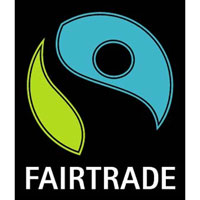
Initiated by a Dutch development agency in 1988, the Germany-based Fairtrade organization certifies products that have been purchased directly from farmers (rather than through middlemen) for a price that ensures decent living conditions.
The nonprofit Demeter Association confers certification on products that have been produced following the practices of the German scientist Rudolf Steiner. The Oregon-based organization uses USDA organic standards as a baseline and adds holistic methods, including homeopathic preparations for fertility and pest control.
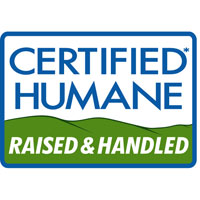
The Virginia-based nonprofit Humane Farm Animal Care certifies products that have come from facilities that allow farm animals to express their natural behaviors: chickens flapping wings, pigs rooting in the dirt, and cows grazing on grass. Animal feed must be free of animal by-products, antibiotics, and growth hormones.
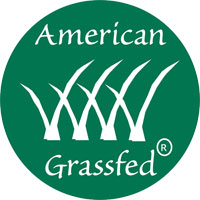
Established in 2003, the American Grassfed Association confers its label on ruminants who are fed only grass and forage from weaning until harvest; are raised on pasture without confinement to feedlots; are never treated with antibiotics or growth hormones; and were born and raised on American family farms.
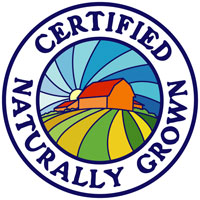
Calling itself “the grassroots alternative to the USDA’s national organic program,” this Brooklyn nonprofit endorses farmers who have followed the standards for livestock and field crops set forth by the government. Farms are verified by peers, however, rather than by government inspectors.
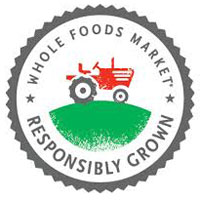
The retailer’s in-house certification system, launched in 2014, grades products based on a series of metrics, including soil health; air, energy, and climate considerations; waste reduction; and farmworker welfare.
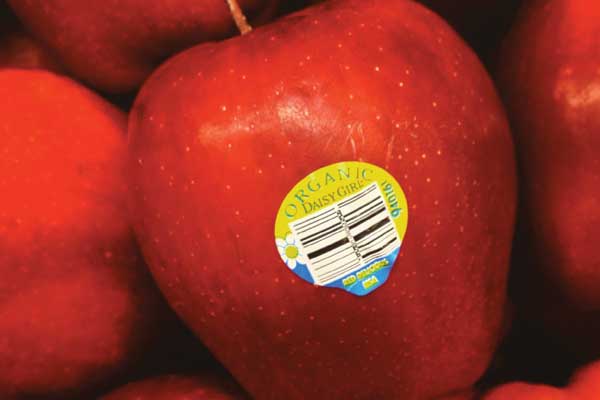


Mcboii